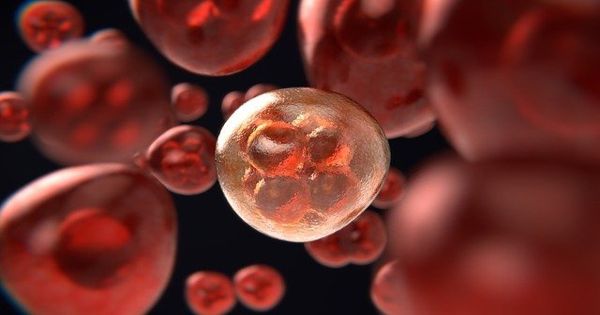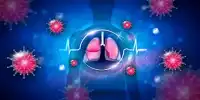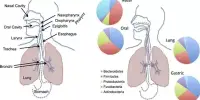The treatment of acute lymphoblastic leukemia (ALL) differs depending on the patient’s age, general health at the time of diagnosis, and the results of cytogenetic testing. Standard ALL therapy has changed very little in the last 15 years or so, as the current strategy has been very effective in curing adults.
The researchers discovered that in patients with acute myeloid leukemia (AML), a dopamine receptor pathway becomes abnormally activated in cancer stem cells. This sparked the clinical investigation of thioridazine, a dopamine receptor-inhibiting drug, as a new therapy for patients, and their focus on adult AML has yielded promising results. It is not always possible to recover from leukemia. If the cancer cannot be cured or controlled, it is referred to as advanced or terminal.
A McMaster stem cell research team has made an important early step in developing a new class of therapeutics for patients with deadly blood cancer.
A McMaster University stem cell research team has taken an important first step toward developing a new class of therapeutics for patients suffering from deadly blood cancer. The researchers discovered that in patients with acute myeloid leukemia (AML), a dopamine receptor pathway becomes abnormally activated in cancer stem cells. This sparked the clinical investigation of thioridazine, a dopamine receptor-inhibiting drug, as a new therapy for patients, and their focus on adult AML has yielded promising results.
AML is a particularly lethal cancer that begins with a DNA mutation in bone marrow blood stem cells that produces an excess of infection-fighting white blood cells. According to the Canadian Cancer Society, approximately 21% of those diagnosed with AML will live for at least five years.
“We have successfully understood the mechanism by which the drug benefited patients, and we are using this information to develop a new, more tolerable formulation of the drug that is likely to work in some of the patients,” said senior author Mick Bhatia, a McMaster professor of biochemistry and biomedical sciences. In addition, he is the holder of the Canada Research Chair in Human Stem Cell Biology.
The phase one study, which included 13 patients, was featured on the cover of the journal Cell Reports Medicine. Small amounts of leukemia can, however, remain after treatment even if they cannot be seen under a microscope. As a result, additional therapy is required to prevent the ALL from returning. Techniques, known as minimal residual disease, can be used to detect small amounts of leukemia (MRD).
According to Bhatia, the team has continued to carefully analyze and refine their therapeutic approach as well as the results of the initial trial. “These accomplishments highlight the significance of the new paradigm in which issues affecting patients can be taken to the lab bench and solutions returned to patients. These “bed to bench and back to bed” approaches and collaborations to advance novel therapeutics for cancer patients in Canada, “He continued.
Patients with advanced leukemia who are expected to live for less than 6 months may want to consider hospice care. Hospice care is intended to provide people nearing the end of their lives with the highest possible quality of life. You and your family are encouraged to discuss hospice care options with the health care team, which may include hospice care at home, a special hospice center, or other health care locations. Staying at home with nursing care and special equipment can be a viable option for many families.
Palliative care refers to any treatment that aims to alleviate symptoms, improve quality of life, and support patients and their families. Palliative care is available to anyone, regardless of age, cancer type, or stage. It is most effective when palliative care is initiated as early as possible in the cancer treatment process. People are frequently treated for leukemia at the same time that they are treated for side effects. Patients who receive both at the same time often have less severe symptoms, a higher quality of life, and are more satisfied with their treatment.














